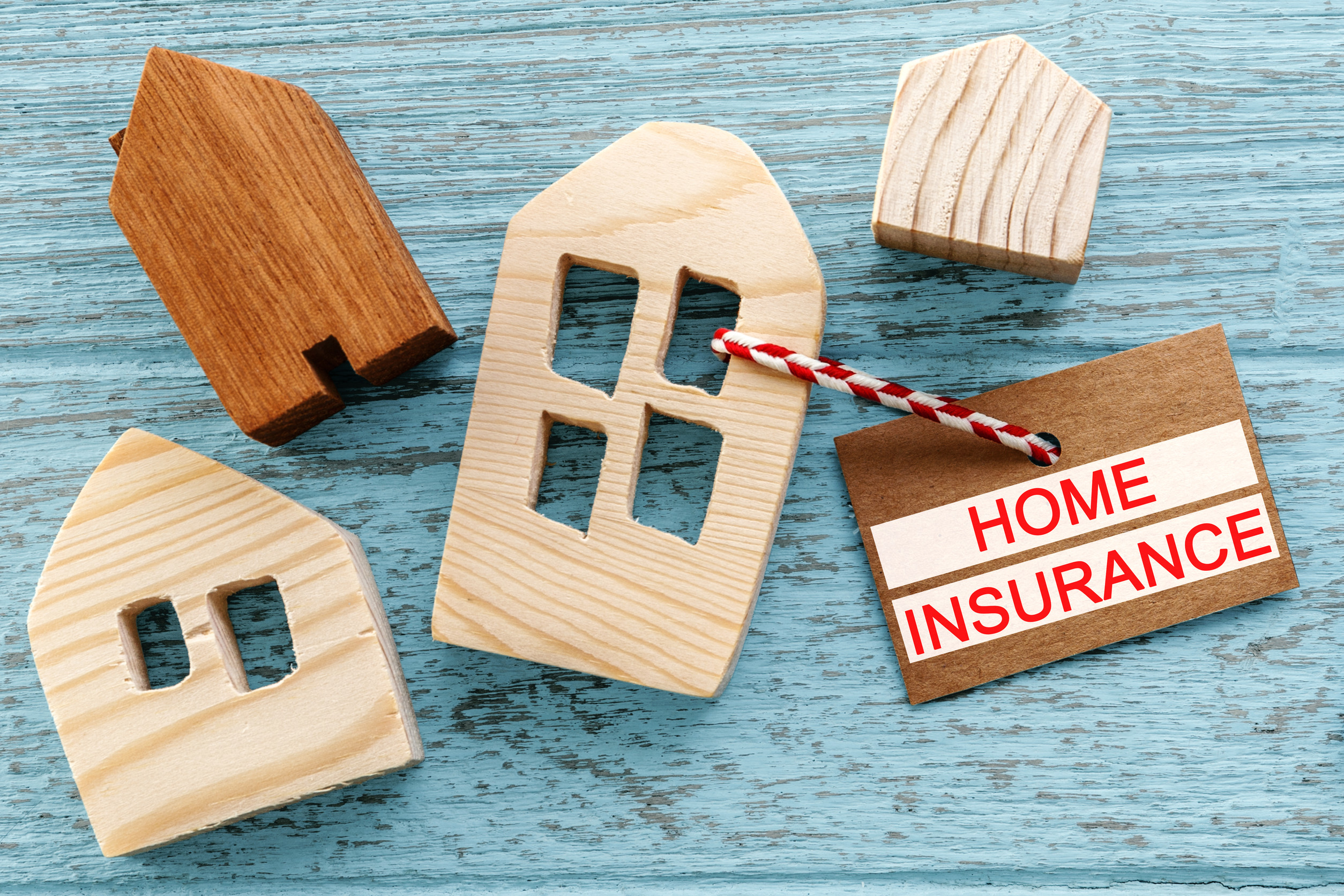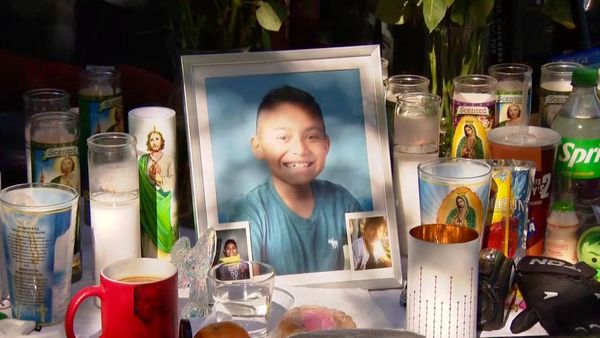
You finally did it—you bought that dreamy second home. Maybe it’s a beach bungalow, a mountain cabin, or that charming little place in the countryside you swear will become your “escape from reality.” The idea of a second home sounds luxurious, peaceful, and oh-so grown-up… until the bills start rolling in. Suddenly, your relaxing retreat starts acting more like a money-hungry teenager with endless needs.
Beyond the obvious mortgage and utilities, there’s a whole hidden world of weird, surprising, and sometimes downright ridiculous costs that can make your second home feel more like a second job.
1. The Empty House Syndrome
You’d think a house that sits empty most of the year would be cheap to maintain—but nope. Even when no one’s home, your property still needs heating, cooling, pest prevention, and security. Dust, humidity, and even lonely pipes can cause damage if the place isn’t maintained regularly. Some homeowners end up hiring local caretakers just to “check in” weekly, adding another expense to the list. It’s ironic—your quiet getaway is costing you money simply for being quiet.
2. The Utility Guessing Game
Utility bills for a second home can be unpredictable. You might assume they’ll be lower since you’re not there all the time—but fluctuating rates, minimum usage fees, and seasonal surges can quickly prove otherwise. A weekend in the winter can mean cranking up the heat that’s been off for months, or a summer stay might see air conditioning running overtime. Plus, smart home gadgets and security systems draw power constantly, even when you’re gone. Before long, your “part-time” property racks up full-time energy costs.
3. The Property Tax Surprise
Many new second-home owners are surprised to learn that property taxes can increase significantly for vacation homes. Some counties and cities charge higher rates for non-primary residences, viewing them as luxury or investment properties. Even if your first home’s taxes are manageable, the second one could be a completely different story. And if it’s in a tourist-heavy area, expect frequent reappraisals that conveniently raise your bill. The postcard views come with a price tag—literally.
4. The Furniture and Décor Trap
You can’t just move into an empty vacation house, right? You’ll need furniture, cookware, linens, art, outdoor seating, and maybe even a backup coffee maker because “this place deserves its own vibe.” Before you know it, you’ve turned into an interior decorator on a mission, spending thousands to make the space cozy. Then comes the maintenance—replacing faded cushions, fixing wobbly chairs, or upgrading that beach-stained rug every few years. Suddenly, your “minimalist second home” looks suspiciously like another full-blown household.
5. The Insurance Maze
Homeowners insurance for a second property can be far trickier (and pricier) than your main home. Insurance companies see second homes as riskier because they’re often vacant, making them vulnerable to break-ins, leaks, or storm damage that goes unnoticed. If your property is near a beach, forest, or mountain area, add special coverage for floods, fires, or landslides—and those policies don’t come cheap. You might also need liability coverage if you rent it out, just in case guests turn your living room into a wrestling ring. By the time you add up premiums, your “peaceful hideaway” feels more like a monthly subscription service.

6. The Hidden Travel Expenses
Visiting your second home isn’t free—someone has to get there! Gas, flights, car rentals, and road tolls all add up fast, especially if your property is far from your main residence. Then come the little extras: groceries, cleaning supplies, and those “just one more thing” hardware store runs. What starts as a spontaneous weekend getaway can quietly become a mini vacation budget each time you go. Ironically, the more you use your second home, the more it costs to enjoy it.
7. The HOA and Community Fee Hustle
If your second home is part of a condo complex, gated community, or resort area, expect monthly or yearly association fees. These fees can cover amenities like pools, landscaping, snow removal, or things you never use, like tennis courts or private marinas. Sometimes, the fees seem to increase without warning, justified by “maintenance upgrades” that sound more like excuses. Missing a payment can even lead to penalties or restrictions on your property use. Suddenly, your dream home comes with a side of neighborhood bureaucracy.
8. The Rent-It-Out Illusion
Many second-home owners think, “I’ll just rent it out when I’m not there—it’ll pay for itself!” Nice idea, but reality has other plans. Between cleaning costs, management fees, repairs, and taxes on rental income, the profits often shrink fast. Vacation rental platforms also take a hefty cut, and local regulations in some areas limit how often you can rent. Plus, guests can be unpredictable—what looks like easy passive income can quickly become a part-time customer service job. What’s supposed to earn you money might just give you headaches.
The Real Price of a “Dream Home”
Owning a second home isn’t just about location, luxury, or lifestyle—it’s about commitment, maintenance, and unexpected bills that can sneak up like uninvited guests. From property taxes and insurance surprises to sneaky utilities and endless décor decisions, it’s easy to underestimate the hidden costs. But for many people, the joy of having a place to escape to still outweighs the expense—especially when you plan wisely and budget realistically.
Have you encountered a surprising or unexpected expense associated with owning a second home? Share your stories, insights, or even your biggest “who knew?” moments in the comments below.
You May Also Like…
- Smart Ways to Save Money on Home Maintenance and Upgrades
- 9 Forgotten Costs of Homeownership That Appear Years Later
- 10 Household Habits That End Up Costing Thousands a Year
- Could Ignoring HOA Fines Leave You Homeless?
- 8 Overlooked Costs That Come With Home Renovation Permits
The post 8 Strange Costs of Owning a Second Home appeared first on Everybody Loves Your Money.







